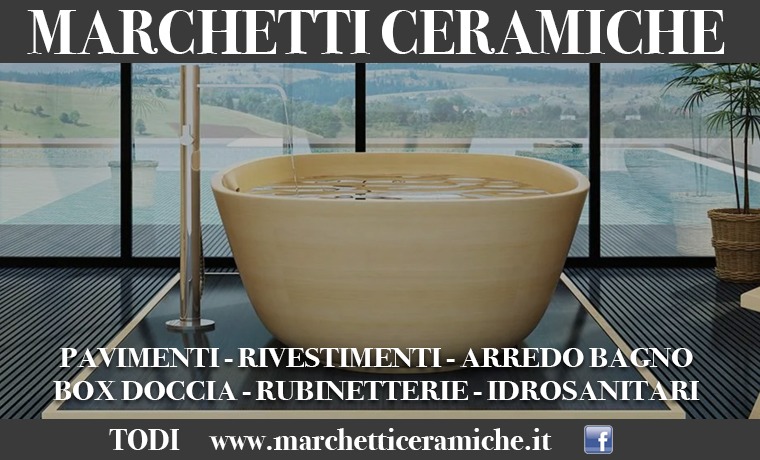The structural and architectural interventions were designed by Eng. Fabrizio Gentili and Arch. Daniela Mantilacci, while the works were carried out by the Francesco Sbernicchia Company and the restoration of some works was carried out by Rosella Brunetti. There are many professionals and craftsmen who have contributed to the restructuring of the Churchfrom carpenters to painters, decorators, restorers, plant technicians, and all together, dedicating passion and professionalism, have made it possible to return this casket of history, art, culture and spirituality.
The interventions as a whole required a considerable economic commitment, in fact sAbout 480,000 euros were spent and their financial coverage was made possible thanks to the insurance policy that Msgr. Vincenzo Faustini had stipulated with Cattolica Assicurazioni, for an amount of 240,000 euros and the contribution granted by the CEI of 248,000 euros deriving from the 8xmille to the Catholic Church dedicated to “ecclesiastical cultural heritage and worship”.
The seismic improvement and conservative remediation operations they affected the entire monumental architectural structure of the Church, both internally and externally.At the level of the roofs, a reinforced slab with an electro-welded mesh, structural anchors for connection to the facades (front and rear), laying of a waterproofing sheath, restoration of the roof tiles and replacement of channels and descending channels for the conveyance of rainwater, was created. the “life lines” were installed to work safely during future maintenance.
The vault was consolidated, to increase the tensile strength, by placing a reinforcement with fiberglass and two-component mortar in the extrados, while in the intrados of the arches (lower part of the arches bearing the vault) and in the intrados of the triumphal arch, steel fiber nets were applied, fixed with special flakes to the wall structure and coated with structural mortars.
The front and rear façades were connected to each other with chains anchored to metal curbs in order to limit the possibility of overturning.
Some structural hoops have been inserted, with the aim of limiting or preventing lateral deformations and triggering breakage, in the upper part of the apse, in the drum of the side chapel and in the interior of the large window on the facade.
The increase in the tensile strength of the lateral buttresses, placed in correspondence with the arches of the vault, was possible with the insertion of some steel bars, having a diameter of 5 cm and a length of 4 meters, welded on top of some metal connecting plates. This type of intervention made it possible to eliminate the need to insert unsightly items in the internal nave
“Chains”.
Scuci-cuci works have restored the masonry integrity in the portions affected by the lesions, while the grouting of the wall joints (upper area to the north and east) have restored the connections between the stone elements.
The bottom consolidation was carried out using micropiles, in the left side area of the facade, to stop the phenomena of rotation and lowering towards the valley of the facade itself.
The facade of the church, unfinished for centuries, has finally found its definition thanks to the creation of a “dull” finish, made up of historical rough coat, which concealed the ancient heterogeneous masonry. This technique was chosen together with the officials of the Superintendency in order to allow the underlying wall texture to be read again and the pink color perfectly matches the hue of the pink stones present in the horizontal recesses that characterize the lower part of the facade.
Inside the church the floor has been grouted and smoothed; the entire hall and the vault have been repainted; the high altar and the tabernacle were reconfigured with its original base; the side altars have been placed and some works have been restored, such as the crucifix of the 16th century (thanks to the contribution of the Cassa di Risparmio di Perugia Foundation), and finally: a new electrical system, the lighting system, the amplification system and the video surveillance and alarm system.
Thanks to the interventions carried out, it was thus possible to contribute to restoring prestige to this Church because, as he said Bishop Gualtiero Sigismondi, “we are the guardians of these churches, of these works of art and cradles of the soultherefore we must keep them in order to accompany them through history ”.
The church it is open every day to welcome the faithful in its mystical atmosphere of recollection. However, it will also host other events, in addition to religious ones, aimed at amplifying cultural and artistic moments. On 10 June you have already been a protagonist in the initiative, promoted by the Diocese of Orvieto-Todi and by the “Pietre Vive” Association, of the seventh edition “The long night of the Churches”.
The Diocese and the “Pietre Vive” Association have set thethe next appointment in the Church of Santa Prassede in Todi for Friday 1 July at 21:00.
During the evening it will be screened the video, made by Arch. Daniela Mantilacci, who tells the evolution of her works through images, while the restorer Rosella Brunetti will exhibit the techniques she used during the delicate restoration work carried out on some works kept in the Church of S. Prassede.


